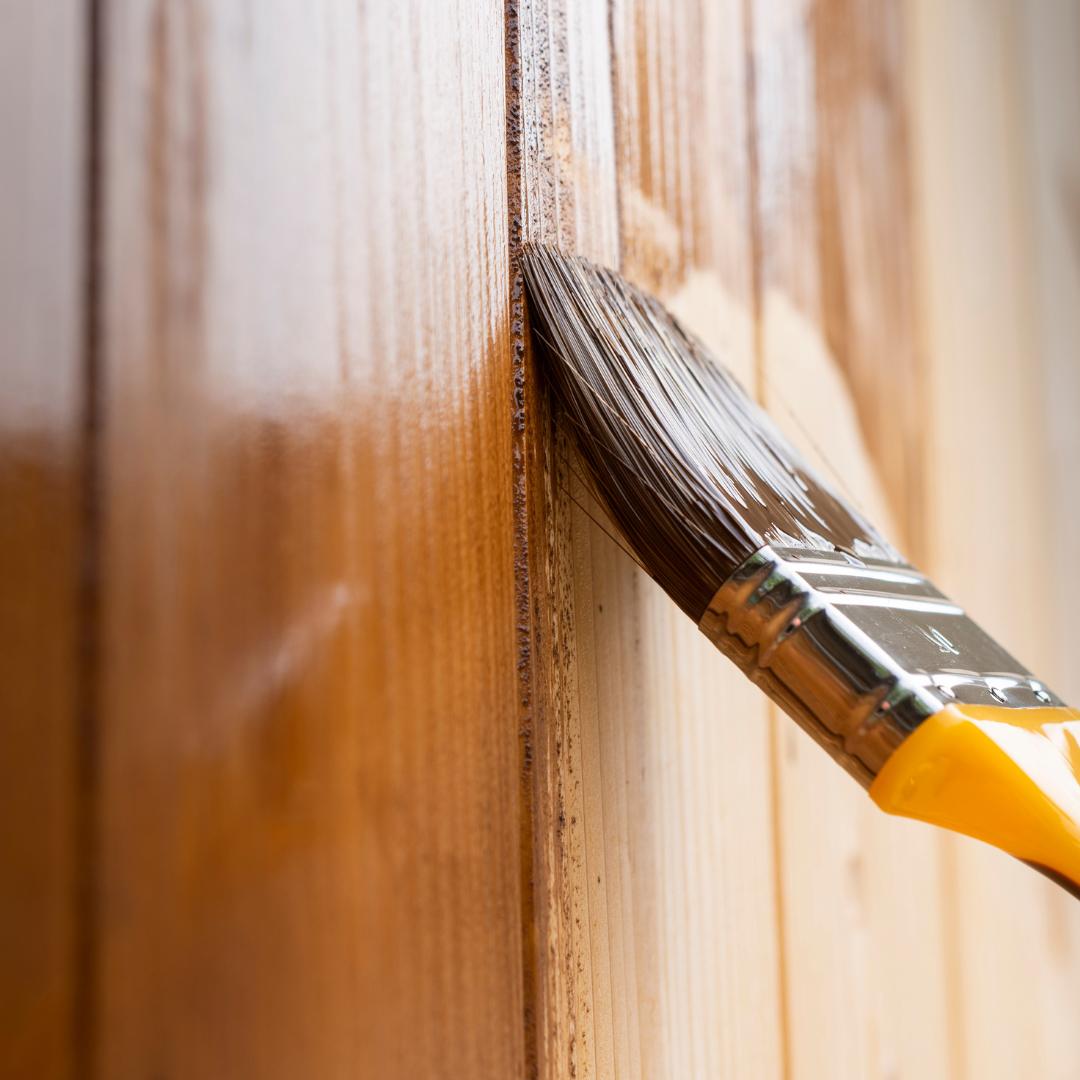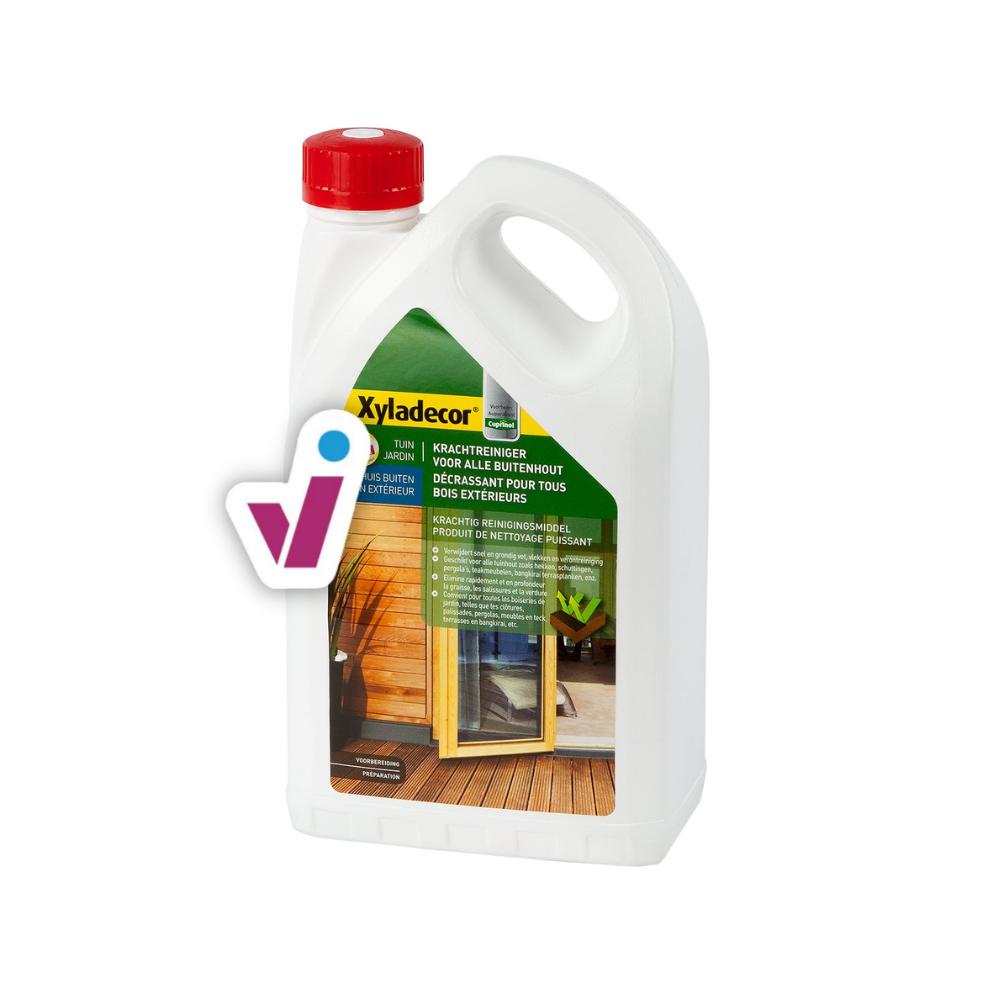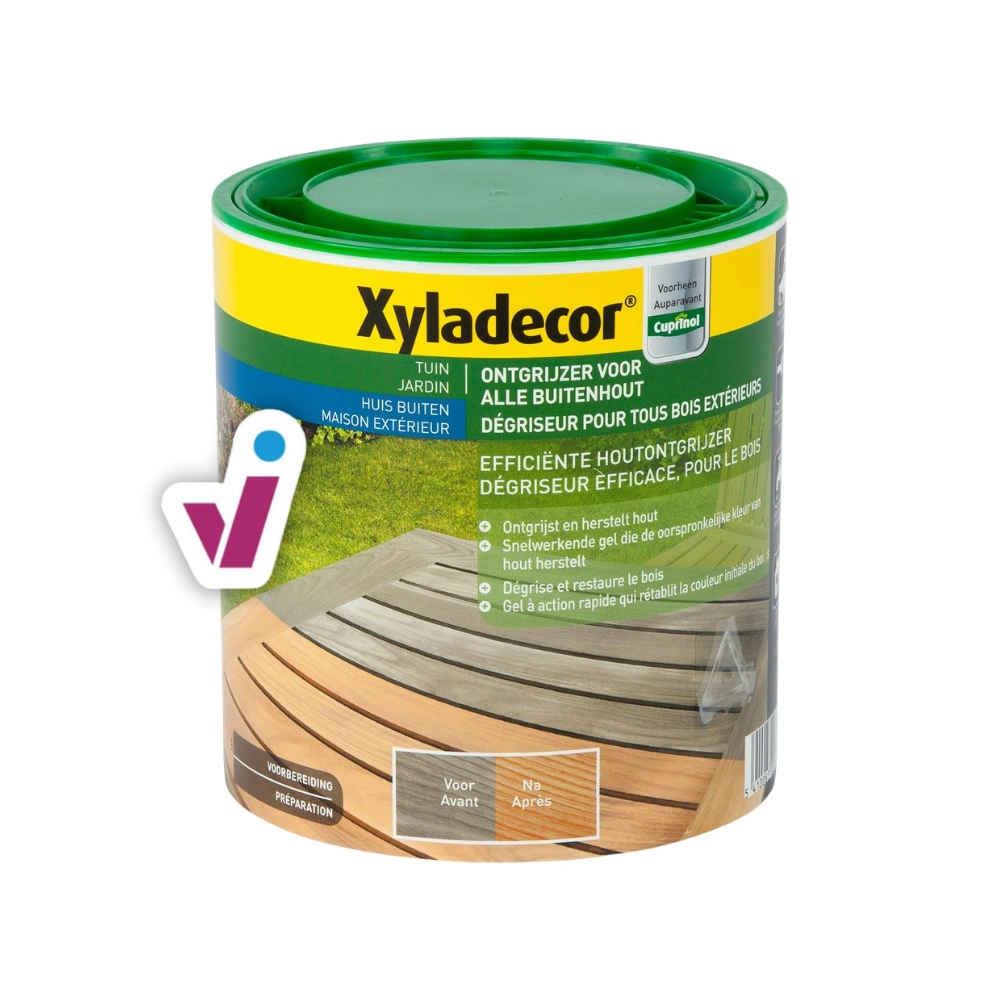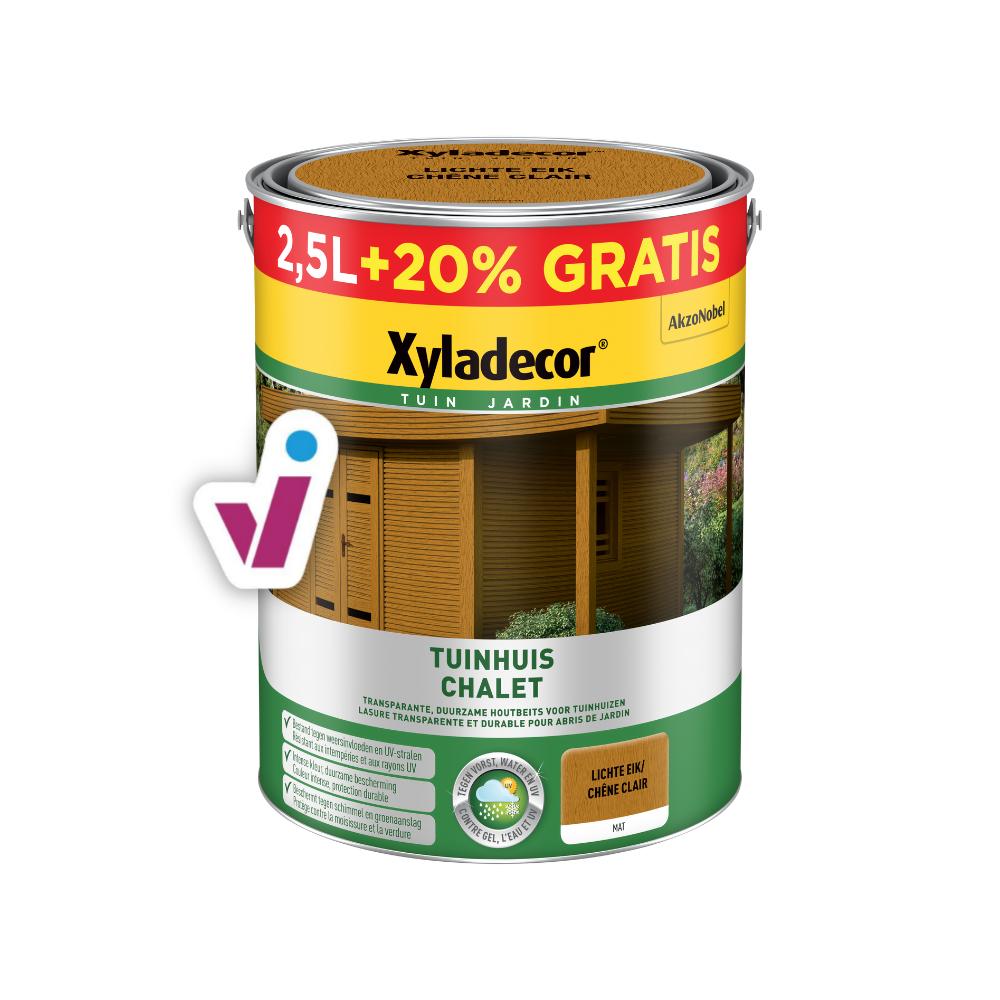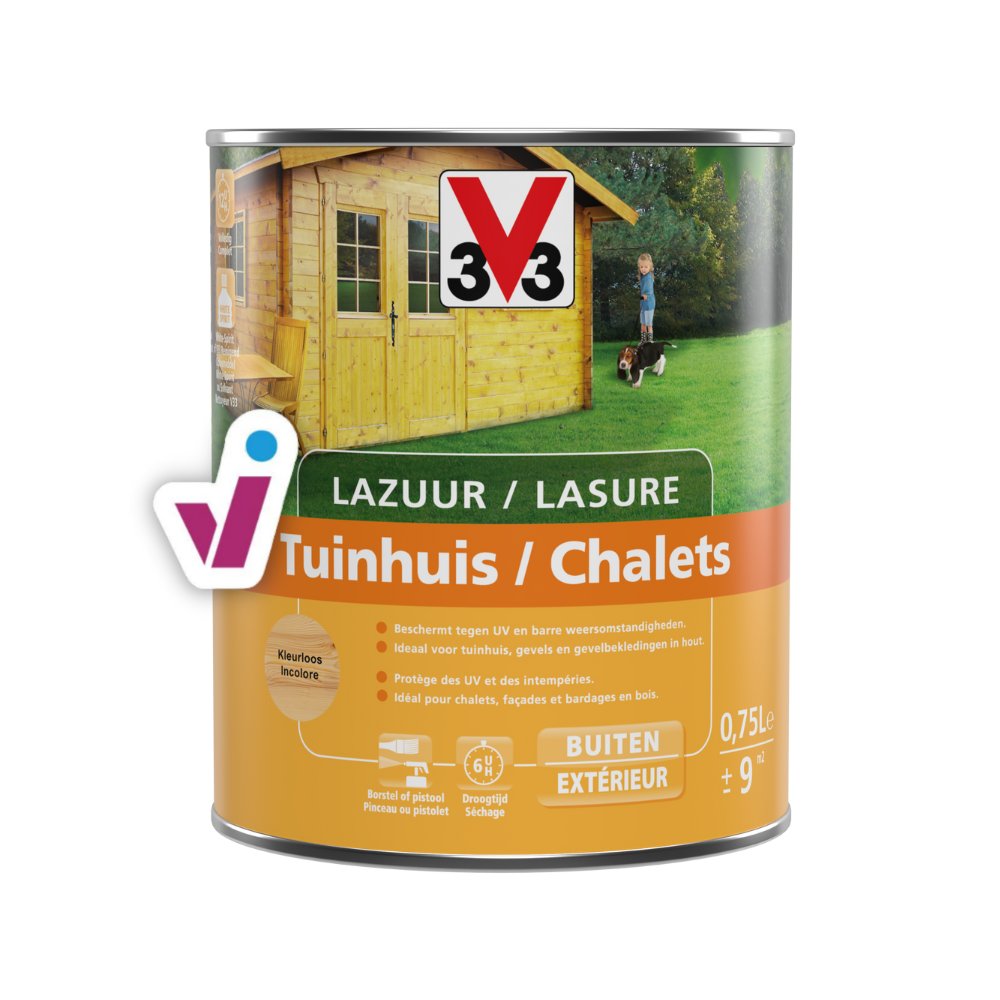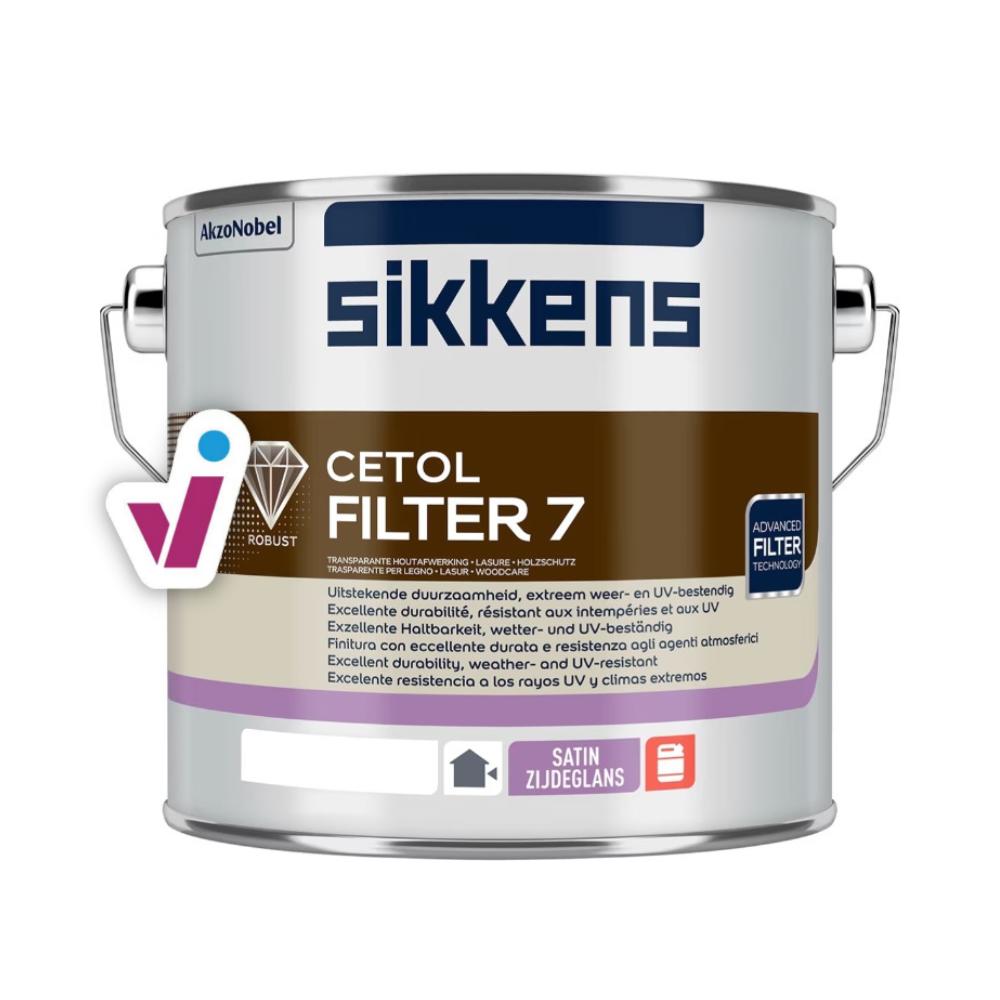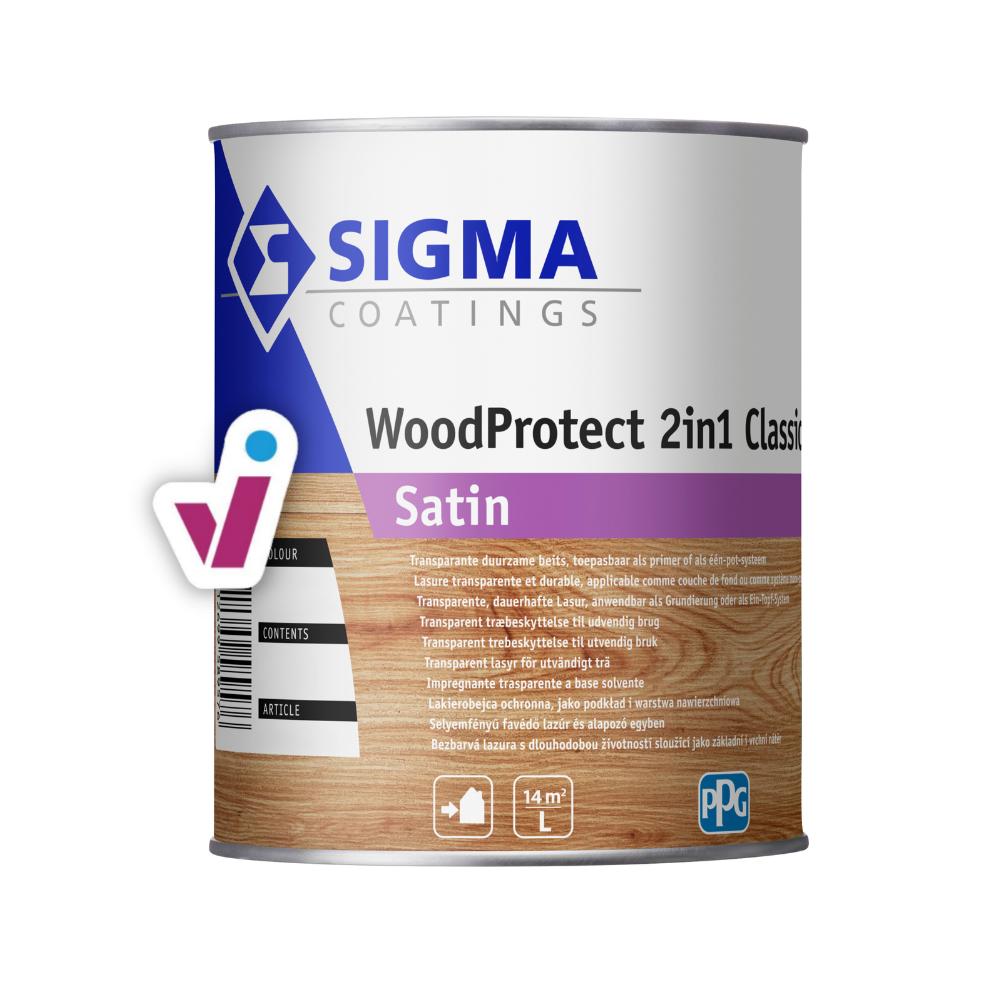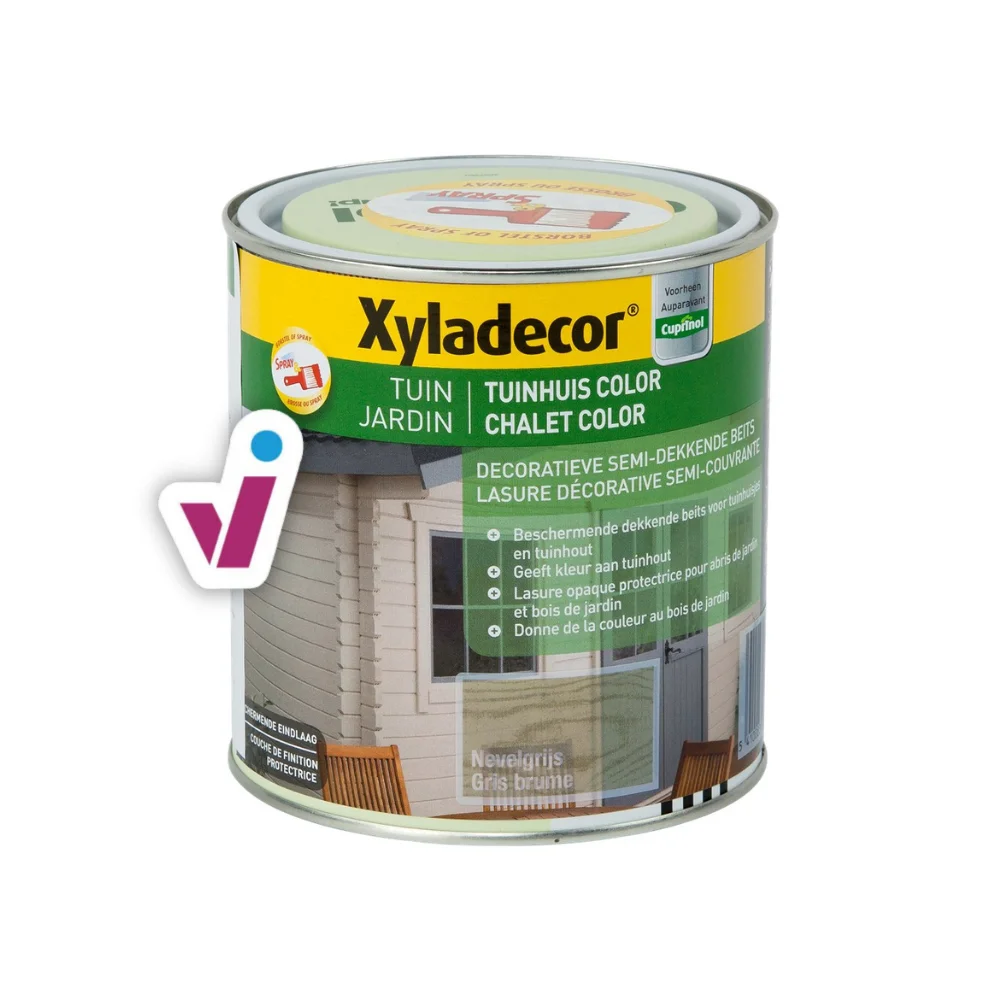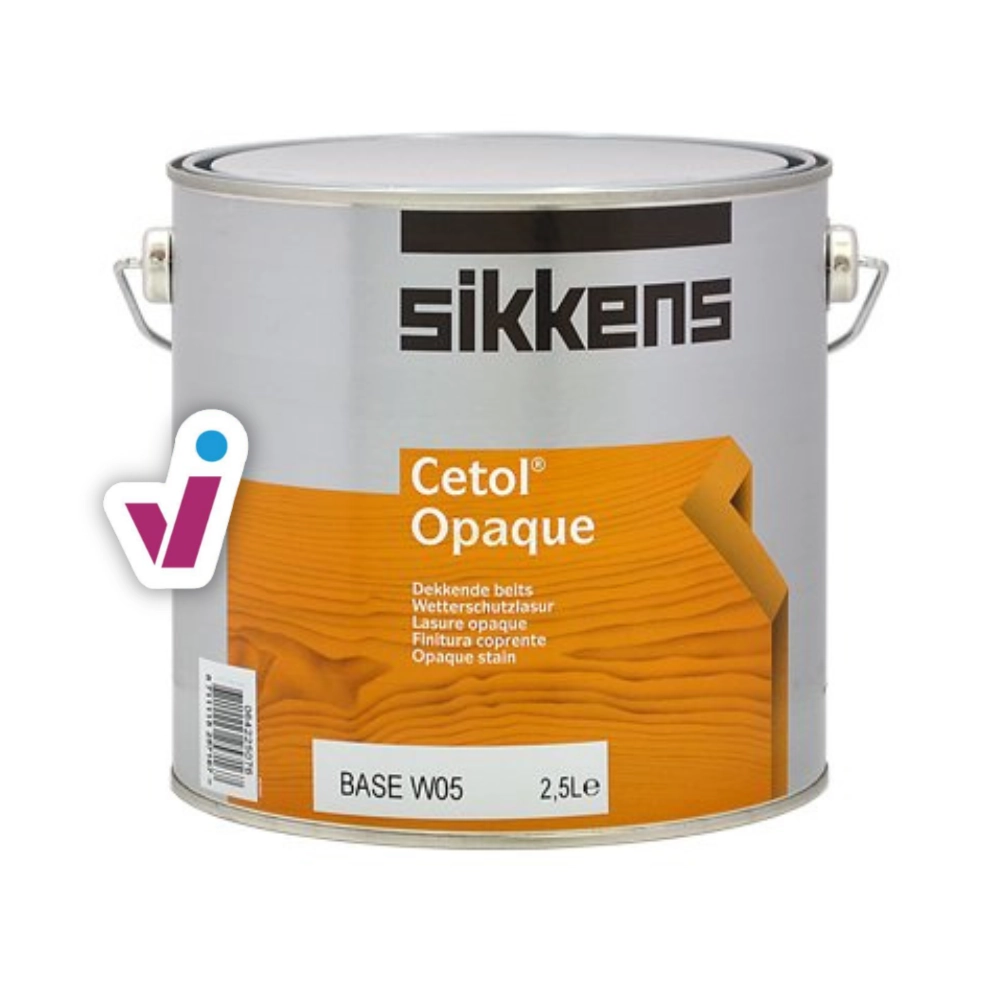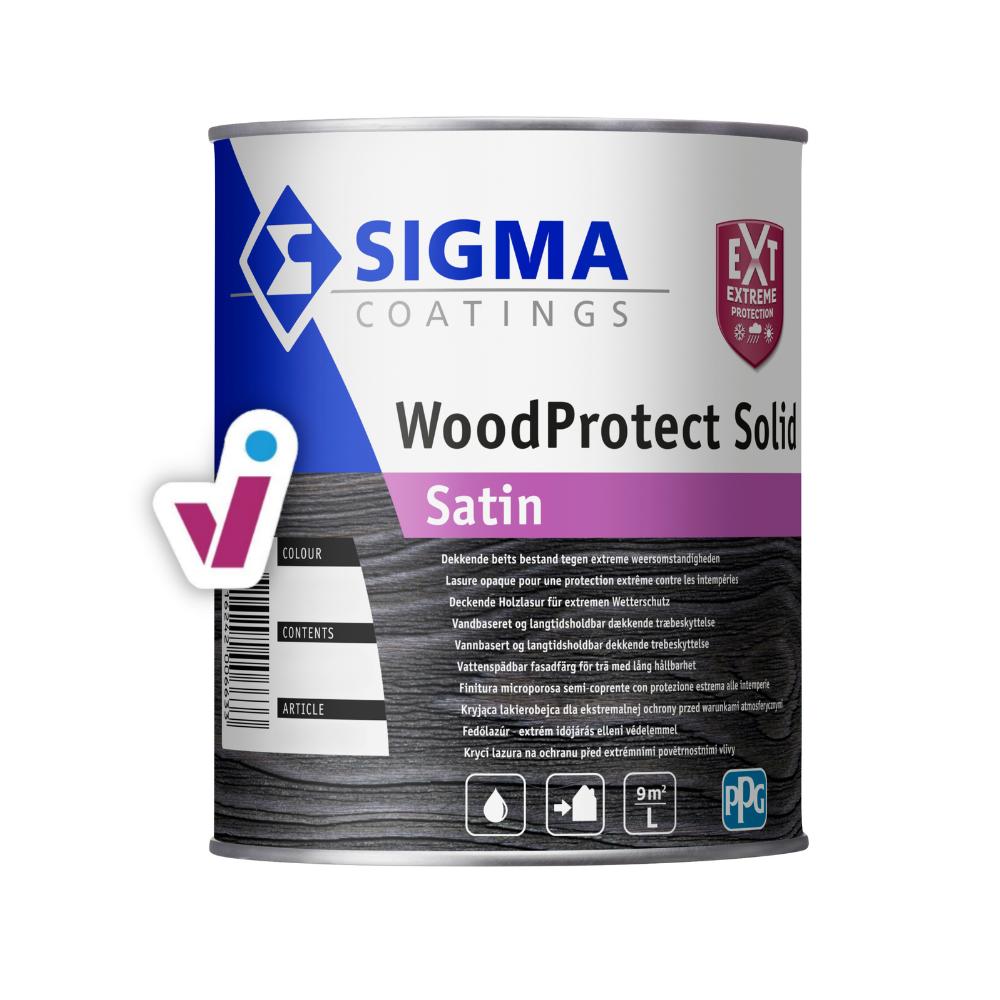How to stain the garden shed?
In a nutshell: you are going to apply a special, breathable but protective paint - called stain - to your summerhouse. You do this with a brush and/or a roller, or you can also spray the stain. You may need up to three coats.
Below are all the scenarios, explained in simple steps. You will also read what preparations you need to make.
Step 1: preparation
- Remove cobwebs, dust, sand,...
- Clean the wood thoroughly
- Use green deposit cleaner if necessary
- Sand the wood
Clean the garden shed
As with all painting work, it is important to start from a clean and even surface when treating your garden shed. So the first thing to do is to clean it.
When your gazebo already has several years on it, and has already had to endure quite a few weather conditions, it can already be a challenge. But don't worry, with some simple means you can already achieve a lot!
Start by using a dustpan to remove all possible cobwebs, loose dirt and dust or sand. Then you can thoroughly wash the gazebo with warm water and all-purpose cleaner. Use a soft sponge or cloth for this, so you don't damage the wood.
If you suffer from green deposits, you can dissolve soda crystals in water, instead of all-purpose cleaner. A green deposit cleaner can also come in handy. Either choose a specialised, powerful cleaner specifically for outdoor wood.
Once you have washed everything off, rinse again thoroughly with clean water, making sure no foam remains, and let the wood dry thoroughly. With new wood, you won't have as much cleaning to do, but should make sure you degrease it in particular.
Sand the garden house before painting
The second part of the preparation is then to sand the wood. If your summerhouse is made of large flat pieces, then a sander will probably come in very handy.
Use a medium coarse grit (e.g. 180) unless you need to remove old coats of stain or if your wood is very weathered. In that case, you can use a coarser grit (e.g. 100) sandpaper to sand away the top layer of the wood, until the natural, healthy wood colour reappears.
A de-greyer could also come in handy here. After sanding, do not forget to dust the wood.
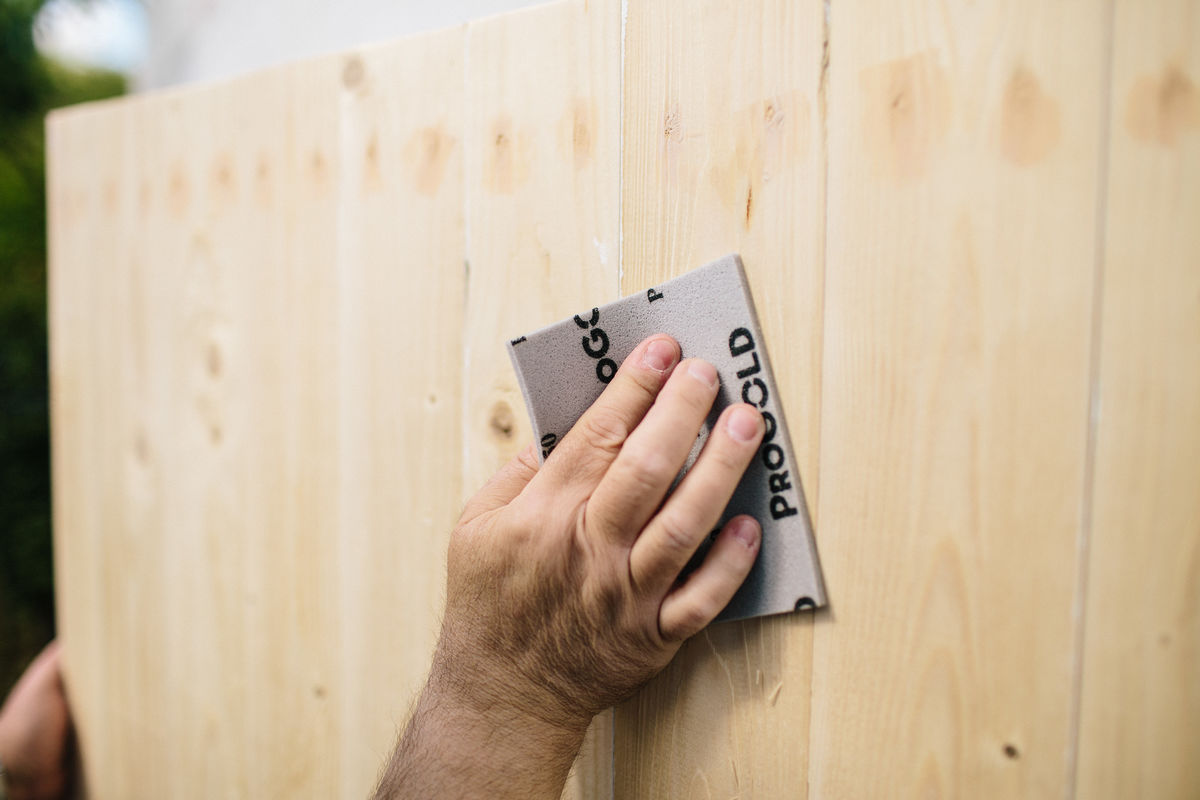
Step 2: treat the garden shed
- Choose whether you want transparent or opaque staining
- Use a wide, flat brush
- Apply one, two or three layers of stain
- Enjoy a beautiful and protected garden shed!
For the next step, you have a choice between applying a transparent stain or painting with an opaque stain. "What's the difference?", you may be thinking.
Well, with a transparent stain you keep the wood colour natural. With a fully transparent, colourless stain, the original wood colour hardly changes. Note that a colourless stain offers little or no protection against ageing of the wood.
There are also tinted transparent stains, which can produce a slightly larger difference depending on the shade (for example, when you put a transparent stain for a darker wood on a lighter wood). But, because a transparent stain soaks into the wood, you always do largely preserve the original character of your wood. Also, the wood grain remains fully visible with a transparent stain, including colour differences.
With an opaque stain, you will also continue to see the wood structure, but less nuanced, as you are applying an opaque film to the wood with it. An opaque stain also gives your garden shed some (extra) colour.
To stain your garden shed in a transparent way
The procedure is simple: you apply one or more layers of stain with a brush. Exactly how many coats you need of which product depends on the wood of your garden shed; is it a new summerhouse or has it been treated before and do you want to maintain it? If maintenance, how long has it been since you last stained it?
One coat is sufficient if you want to maintain a summerhouse that was stained only a year or two ago and is still in good condition. You can easily use a one-pot system like Xyladecor Tuinhuis or V33 Lazuur Tuinhuis.
You will need two coats when you want to use Xyladecor Tuinhuis or V33 Lazuur Tuinhuis to maintain wood that is in less-than-perfect condition. You can also choose Sikkens Cetol Filter 7 Plus or Sikkens Cetol Novatech.
Three coats are recommended when treating a new, untreated garden shed with Xyladecor Tuinhuis or V33 Lazuur Tuinhuis. If you want to treat your summerhouse with Sikkens, we recommend applying a coat of Sikkens Cetol HLS Plus first, and then treating it further with two more coats of Sikkens Cetol Novatech. If you work with Sigma, then the system is three coats of Sigma WoodProtect 2in1 Classic Satin.
To stain your summerhouse with opaque stain
Even with an opaque stain, the procedure is very simple! You don't need a custom primer, as is the case with lacquer or wall paint, for example, you can just start working with the stain straight away.
With an opaque stain, such as Xyladecor Tuinhuis Color, V33 Tuinhuis Color, Sikkens Cetol Opaque or Sigma WoodProtect Solid Satin, two coats will suffice in most cases for a nice coverage and optimal protection of your garden house.
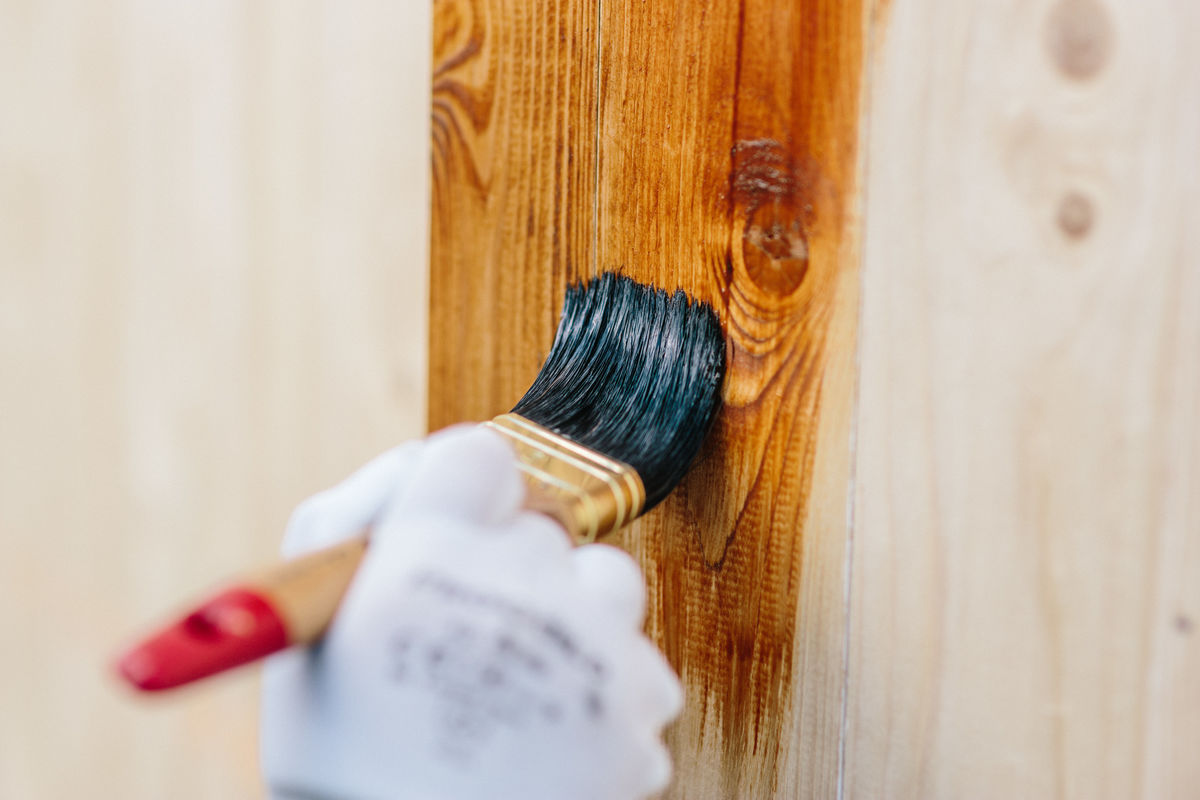
Stain, paint or oil for your garden shed?
Surely the most durable way to protect your summerhouse is staining. By far. As we mentioned earlier: stain is a special type of paint, with unique properties. Completely tailored to what your garden shed needs.
Stain protects the wood of your summerhouse from moisture and UV rays, among other things. At the same time, it also ensures that the wood can still breathe and move. The latter is something a varnish or 'ordinary' lacquer paint cannot do.
Oil can certainly be used on your summerhouse. It offers the same properties: it breathes and protects. The difference lies mainly in the maintenance time. Oil has to be reapplied every year. With stain, you are usually fine for a number of years.
Read more about the differences between varnish, oil and stain.
Garden house stain: this is what you need
We listed quite a few products above. For the sake of clarity, we would like to list them again for you.
Would you like to learn more about which stain is the best choice for your specific type of wood? Then be sure to have a look at our paint guide.
Ready to start painting?
In this video by Xyladecor, you can see how a transparent wood stain is applied to a garden shed.


